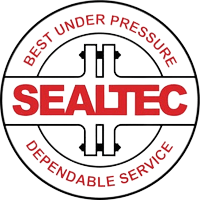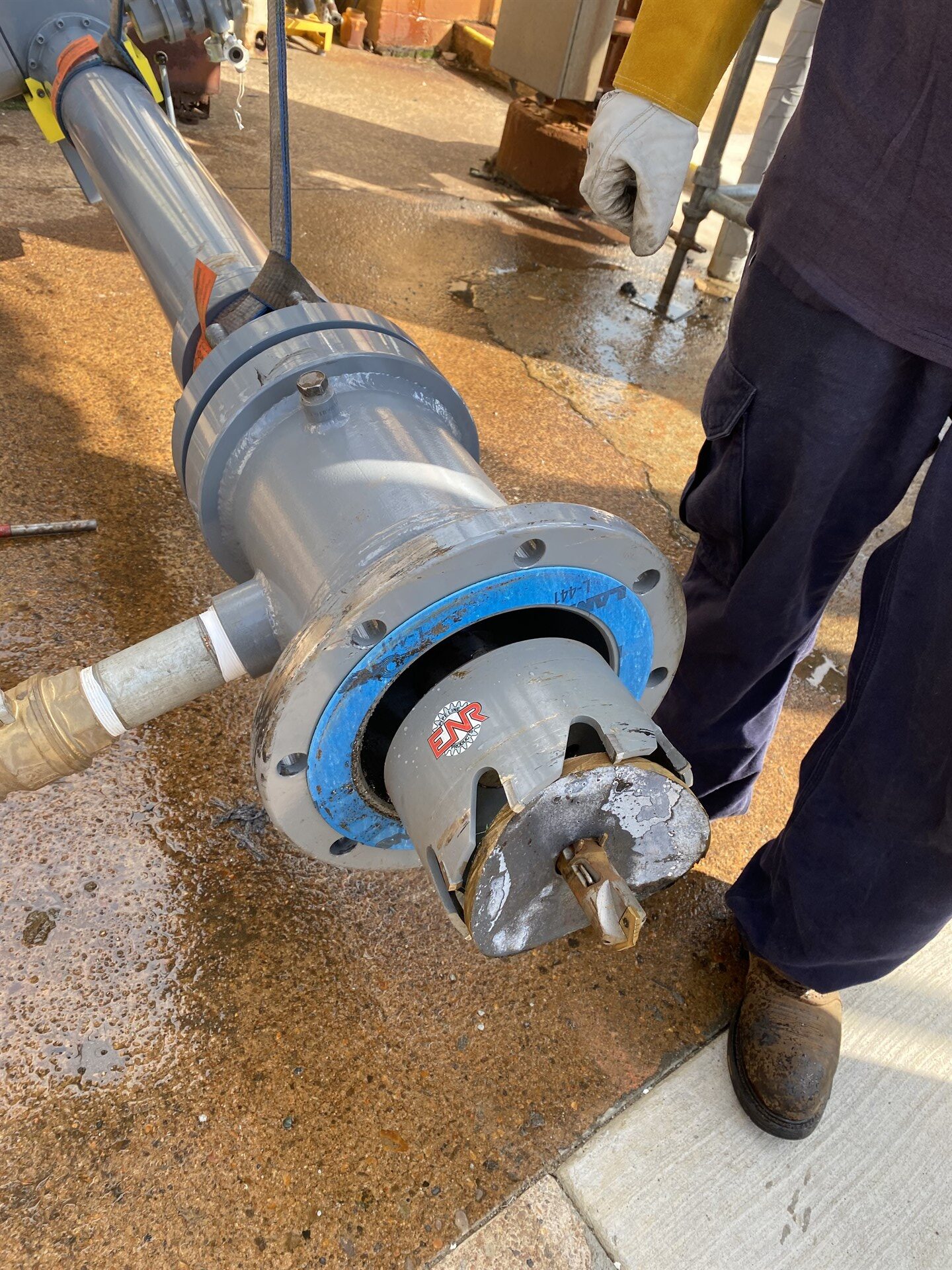Key Takeaways
- Hot tapping allows pipeline connections and modifications without shutdowns, preventing costly production losses that can reach $250,000 per hour in some industries
- Traditional methods require complete system depressurization and drainage, leading to extended downtime, environmental concerns, and complex restart procedures
- Modern hot tapping technology can safely handle pressures up to 3,000 PSI and temperatures exceeding 400°F across various industrial applications
When industrial facilities need to make pipeline connections, install valves, or perform maintenance on pressurized systems, they face a critical decision: shut down operations for traditional methods or utilize hot tapping technology to maintain continuous production.
This choice carries significant implications for operational costs, safety protocols, and project timelines. Hot tapping, also known as wet tapping, has revolutionized how industries approach pipeline modifications by enabling work on live, pressurized systems without interrupting operations.
Understanding the fundamental differences between these approaches helps facility managers make informed decisions that protect both their bottom line and operational integrity. The stakes are particularly high given that unplanned downtime can cost manufacturing facilities between $50,000 and $250,000 per hour, making the choice of repair method a business-critical decision.
Understanding Hot Tapping Technology
Hot tapping refers to the process of making connections to existing pipelines while they remain in service under full operating pressure and flow. This technique uses specialized equipment including hot tap machines, full encirclement fittings, and pressure-rated valves to create new branch connections safely.
The process begins with welding a fitting onto the existing pipeline while it remains operational. A hot tap machine then cuts through the pipe wall while maintaining pressure containment through a sealed chamber system. The cutting tool retracts with the pipe section, creating a clean opening for the new connection.
Modern hot tapping systems can handle extreme conditions, operating safely at pressures up to 3,000 PSI and temperatures exceeding 400°F. The technology accommodates various pipe materials including carbon steel, stainless steel, and specialized alloys used in chemical processing applications.
Safety mechanisms built into hot tapping equipment include pressure monitoring systems, emergency sealing capabilities, and redundant containment barriers. These features ensure operations can proceed safely even when working with hazardous or high-energy fluids.
Traditional Pipeline Modification Methods
Traditional pipeline modification requires complete system shutdown, depressurization, and often drainage before any work can begin. This process typically involves coordinating across multiple departments to safely isolate the work area and prepare the system for maintenance.
The shutdown procedure itself can take several hours as operators gradually reduce pressure, ensure complete depressurization, and verify safe conditions for maintenance personnel. Drainage adds additional time and complexity, particularly for systems containing hazardous materials that require special handling and disposal procedures.
Once the system is prepared, traditional welding and fitting installation can proceed using standard construction techniques. However, the work area must be thoroughly cleaned and prepared for service before the lengthy restart process begins.
System restart often proves as complex as shutdown, requiring pressure testing, quality verification, and gradual return to operating conditions. This process can extend total downtime to 12-48 hours even for relatively simple modifications.
Cost Analysis: Downtime vs. Hot Tapping Investment
The financial impact of choosing traditional methods extends far beyond the direct costs of labor and materials. Production losses during shutdown represent the largest expense, with some facilities losing millions of dollars during extended outages.
Hot tapping eliminates these production losses entirely by maintaining continuous operation throughout the modification process. A typical hot tap installation takes 4-8 hours compared to the 12-48 hours required for traditional methods, representing immediate cost savings through maintained production.
Additional cost factors favor hot tapping including reduced labor requirements, elimination of system preparation time, and avoidance of fluid disposal costs. Hot taps also prevent the energy costs associated with system restart and the product quality issues that sometimes occur during initial production runs.
The investment in hot tapping equipment and specialized contractors typically recovers its cost after preventing just one major shutdown. Facilities performing multiple modifications annually see even greater returns through repeated avoidance of downtime costs.
Safety Considerations and Risk Management
Hot tapping operations require specialized training and equipment but often present lower overall safety risks than traditional methods. The elimination of confined space entry, reduced handling of hazardous materials, and avoidance of hot work permits in many situations contribute to improved safety profiles.
Traditional methods expose workers to additional risks during system drainage, cleaning, and preparation phases. These activities often require entry into confined spaces, handling of contaminated materials, and extended exposure to industrial environments.
Hot tapping’s controlled cutting process occurs within a sealed chamber, preventing exposure to process fluids and eliminating the need for extensive safety preparations required when entering drained systems. Emergency procedures remain simpler since the system maintains normal operating conditions throughout the process.
Risk assessment protocols for hot tapping focus on equipment integrity, operator training, and emergency response procedures. Established safety standards and certification programs ensure consistent application of best practices across different industries and applications.
Environmental Impact and Regulatory Compliance
Environmental considerations strongly favor hot tapping methods due to elimination of system drainage requirements. Traditional methods often require disposing of thousands of gallons of process fluids, creating waste disposal costs and potential environmental liability.
Hot tapping prevents emissions that typically occur during system depressurization and restart procedures. Maintaining system integrity throughout modifications supports environmental compliance and reduces the facility’s overall emissions profile.
Regulatory agencies increasingly recognize hot tapping as a best practice for minimizing environmental impact during pipeline modifications. Many permits now specifically encourage or require consideration of hot tapping methods when technically feasible.
The elimination of waste generation and reduced emissions often provide quantifiable environmental benefits that support corporate sustainability goals and regulatory compliance requirements.
Technical Limitations and Application Guidelines
Hot tapping works best on pipelines with adequate wall thickness and appropriate metallurgy. Systems operating near maximum pressure or temperature limits may require traditional methods to ensure adequate safety margins during modification work.
Pipe condition assessment becomes critical for hot tapping applications. Corroded, damaged, or stress-relieved pipelines may not provide suitable conditions for safe hot tap operations, requiring traditional repair approaches.
Space constraints around the work area can limit hot tapping feasibility since the equipment requires adequate clearance for operation. Underground installations or congested pipe racks may necessitate traditional methods despite their higher costs.
Material compatibility between the existing pipeline and new connections must be carefully evaluated. Hot tapping excels when materials and operating conditions align with proven application guidelines.
Making the Right Choice for Your Operation
The decision between hot tapping and traditional methods depends on several critical factors including shutdown costs, safety requirements, environmental considerations, and technical feasibility. Facilities with high downtime costs generally benefit most from hot tapping investments.
Project planning should evaluate both immediate costs and long-term operational impacts. Hot tapping’s higher upfront costs often prove economical when considering avoided downtime, environmental benefits, and improved safety profiles.
Consultation with experienced hot tapping contractors provides valuable insight into technical feasibility and cost projections. SEALTEC’s specialized technicians can assess your specific application requirements and recommend the most appropriate approach for your operational needs.
Protecting Your Operations with SEALTEC
Hot tapping represents a proven technology for eliminating costly shutdowns while maintaining safety and environmental compliance during pipeline modifications. The choice between hot tapping and traditional methods ultimately depends on your facility’s specific operational requirements, safety priorities, and economic considerations.
SEALTEC brings decades of experience in hot tapping applications across diverse industrial sectors. Our certified technicians provide comprehensive services from initial feasibility assessment through project completion, ensuring safe and cost-effective solutions tailored to your operational requirements.
Contact SEALTEC today to discuss how hot tapping technology can eliminate downtime costs while maintaining the highest safety and quality standards for your next pipeline modification project.

